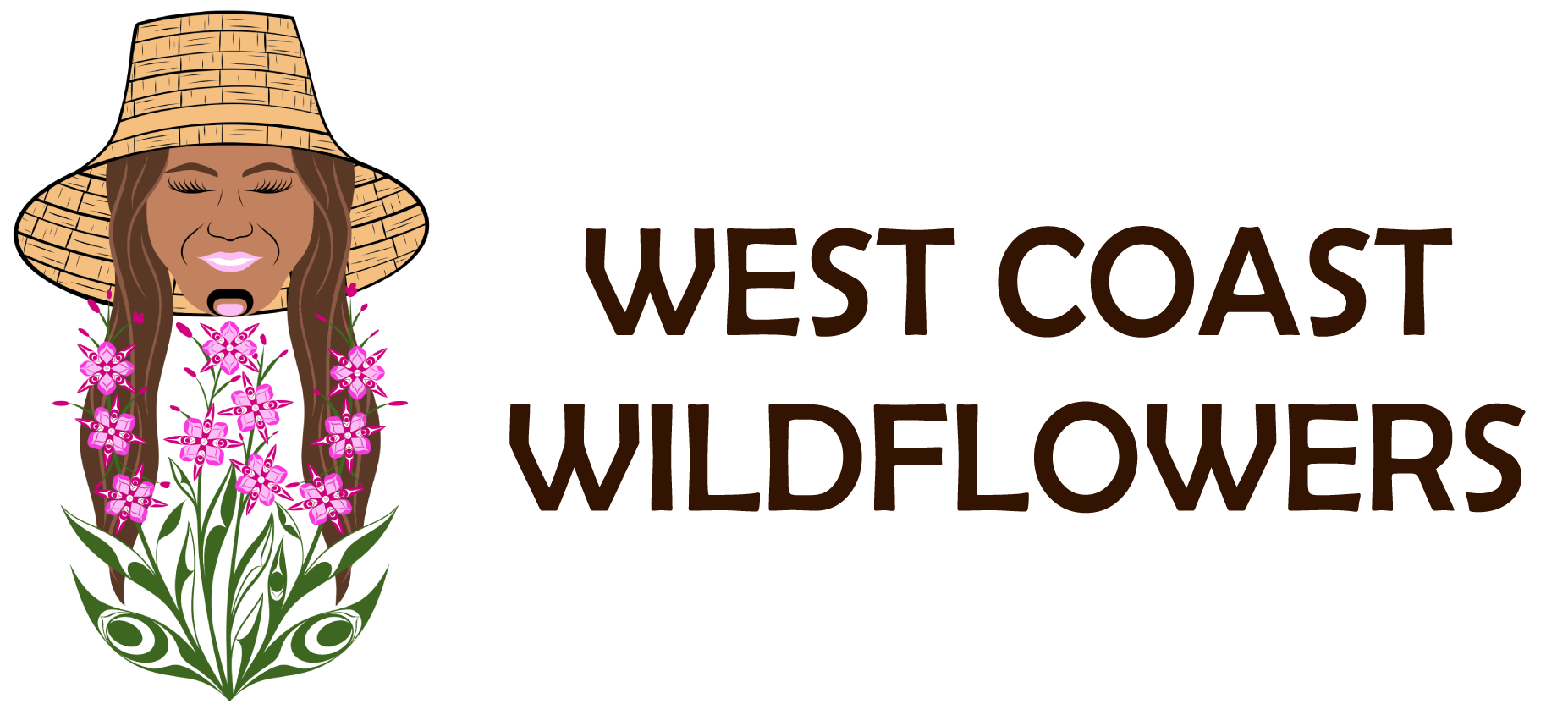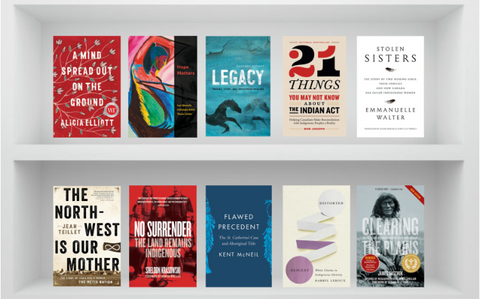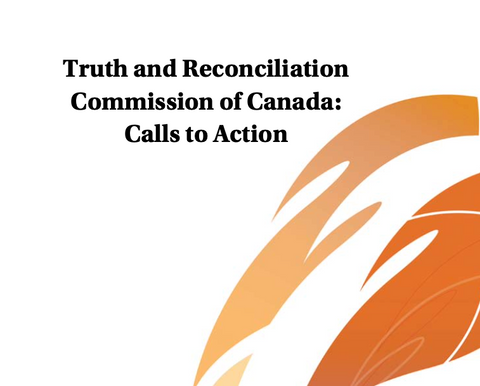1. A Mind Spread Out on the Ground by Alicia Elliott
Alicia Elliott explores the systemic oppression faced by Indigenous peoples across Canada through the lens of her own experiences as a Tuscarora writer from Six Nations of the Grand River. Elliott examines how colonial violence, including the loss of language, seeps into the present-day lives of Indigenous people, often in the form of mental illness. Elliott, who lives in Brantford, Ont., won gold at the National Magazine Awards in 2017 for the essay this book is based on.
2. Hope Matters by Lee Maracle, Columpa Bobb and Tania Carter
A collection of poetry from award-winning author Lee Maracle and her daughters Columpa Bobb and Tania Carter, looks at the journey of Indigenous people from colonial beginnings to reconciliation. The collaborative effort documents the personal mother-daughter connection and also the shared song of hope and reconciliation from all Indigenous communities and perspectives.
3. Legacy: Trauma, Story, and Indigenous Healing by Suzanne Methot
This book is accessible, relatable, and full of storytelling about real people. It deeply resonates with me as a traditional counsellor, educator, and Indigenous person. Suzanne Methot, a brave Nehiyaw writer and community helper, takes up the challenges of logically explaining a child’s traumatized brain and body and how these impacts continue into adulthood. Methot also explores Indigenous health-care models, proving that Indigenous values provide solutions. This book uncovers the critical need for legislation that moves from creating ‘a renewed relationship’ with Indigenous peoples to creating real structural change.”
— Dr. Cyndy Baskin, Mi’kmaq Nation, Associate Professor, School of Social Work, Ryerson University
4. 21 Things You May Not Know About the Indian Act: Helping Canadians Make Reconciliation with Indigenous Peoples a Reality by Bob Joseph
Since its creation in 1876, the Indian Act has shaped, controlled, and constrained the lives and opportunities of Indigenous Peoples, and is at the root of many enduring stereotypes. Bob Joseph’s book comes at a key time in the reconciliation process, when awareness from both Indigenous and non-Indigenous communities is at a crescendo. Joseph explains how Indigenous Peoples can step out from under the Indian Act and return to self-government, self-determination, and self-reliance–and why doing so would result in a better country for every Canadian. He dissects the complex issues around truth and reconciliation and clearly demonstrates why learning about the Indian Act’s cruel, enduring legacy is essential for the country to move toward true reconciliation.
PURCHASE AT WEST COAST WILDFLOWERS LIBRARY.
5. Stolen Sisters: The Story of Two Missing Girls, Their Families, and How Canada Has Failed Indigenous Women by Emmanuelle Walter
In 2014, the nation was rocked by the brutal violence against young Aboriginal women Loretta Saunders, Tina Fontaine and Rinelle Harper. But tragically, they were not the only Aboriginal women to suffer that year. In fact, an official report revealed that since 1980, 1,200 Canadian Aboriginal women have been murdered or have gone missing. This alarming official figure reveals a national tragedy and the systemic failure of law enforcement and of all levels of government to address the issue.
6. The North-West Is Our Mother: The Story of Louis Riel’s People, the Metis Nation by Jean Teillet
There is a missing chapter in the narrative of Canada’s Indigenous peoples—the story of the Métis Nation, a new Indigenous people descended from both First Nations and Europeans
Their story begins in the last decade of the eighteenth century in the Canadian North-West. Within twenty years the Métis proclaimed themselves a nation and won their first battle. Within forty years they were famous throughout North America for their military skills, their nomadic life and their buffalo hunts…
7. No Surrender: The Land Remains Indigenous by Sheldon Krasowski
Between 1869 and 1877 the government of Canada negotiated Treaties One through Seven with the Indigenous peoples of the Great Plains. Many historians argue that the negotiations suffered from cultural misunderstandings between the treaty commissioners and Indigenous chiefs, but newly uncovered eyewitness accounts show that the Canadian government had a strategic plan to deceive over the “surrender clause” and land sharing.
According to Sheldon Krasowski’s research, Canada understood that the Cree, Anishnabeg, Saulteaux, Assiniboine, Siksika, Piikani, Kainaa, Stoney and Tsuu T’ina nations wanted to share the land with newcomers–with conditions–but were misled over governance, reserved lands, and resource sharing. Exposing the government chicanery at the heart of the negotiations, No Surrender demonstrates that the land remains Indigenous.
8. Flawed Precedent: The St. Catherine’s Case and Aboriginal Title by Kent McNeil
In Flawed Precedent, preeminent legal scholar Kent McNeil provides a compelling account of this contentious case. He begins by delving into the historical and ideological context of the 1880s. He then examines the trial in detail, demonstrating how prejudicial attitudes towards Indigenous peoples influenced the decision. He further discusses the effects that St. Catherine’s had on law and policy until the 1970s when its authority was finally questioned in Calder, then in Delgamuukw, Marshall/Bernard, Tsilhqot’in, and other key rulings. He also provides an informative analysis of the current judicial understanding of Aboriginal title in Canada, now driven by evidence of Indigenous law and land use rather than by the discarded prejudicial assumptions of a bygone era.
9. Distorted Descent: White Claims to Indigenous Identity by Darryl Leroux
Distorted Descent examines a social phenomenon that has taken off in the twenty-first century: otherwise white, French descendant settlers in Canada shifting into a self-defined “Indigenous” identity. This study is not about individuals who have been dispossessed by colonial policies, or the multi-generational efforts to reconnect that occur in response. Rather, it is about white, French-descendant people discovering an Indigenous ancestor born 300 to 375 years ago through genealogy and using that ancestor as the sole basis for an eventual shift into an “Indigenous” identity today. After setting out the most common genealogical practices that facilitate race shifting, Leroux examines two of the most prominent self-identified “Indigenous” organizations currently operating in Quebec. Both organizations have their origins in committed opposition to Indigenous land and territorial negotiations, and both encourage the use of suspect genealogical practices. Distorted Descent brings to light to how these claims to an “Indigenous” identity are then used politically to oppose actual, living Indigenous peoples, exposing along the way the shifting politics of whiteness, white settler colonialism, and white supremacy.
10. Clearing the Plains by James William Daschuk
In arresting, but harrowing, prose, James Daschuk examines the roles that Old World diseases, climate, and, most disturbingly, Canadian politics–the politics of ethnocide–played in the deaths and subjugation of thousands of aboriginal people in the realization of Sir John A. Macdonald’s “National Dream.”
It was a dream that came at great expense: the present disparity in health and economic well-being between First Nations and non-Native populations, and the lingering racism and misunderstanding that permeates the national consciousness to this day.
By Niki Zamani, former Office of Indigenous Education WorkLearn Student
Students from the University of British Columbia




